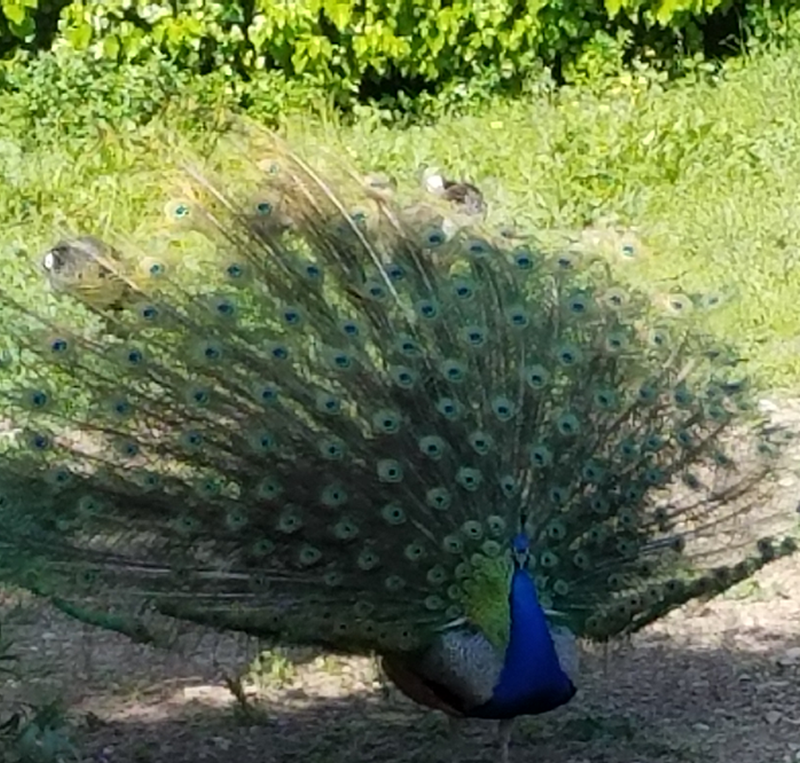Crete (Iraklion) April 6
Like Nafplion, this was not on the original itinerary, but politcal circumstances in Istanbul made Holland America change the itinerary.
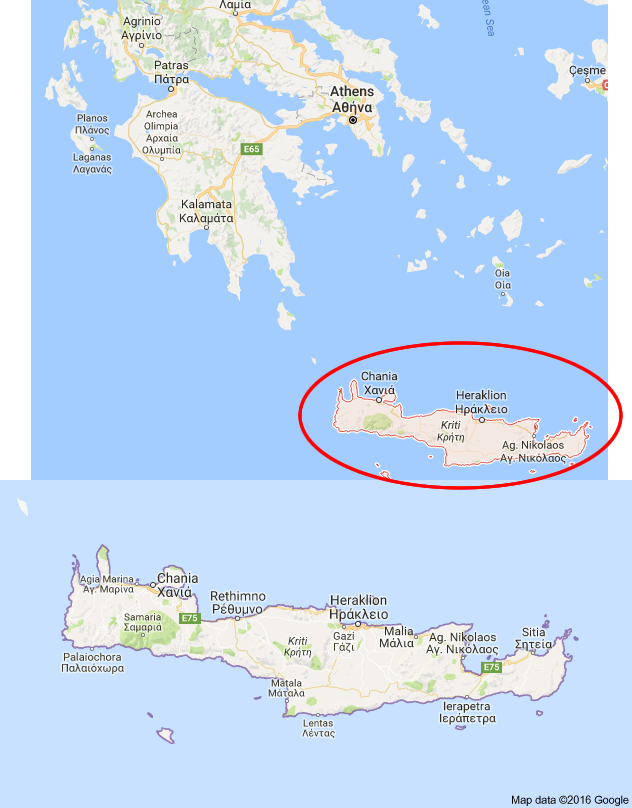
Crete is an island south of Greece that is the site of the ancient Minoan culture which flourished during Late Bronze Age, c. 1380–1100 BC before the Golden Period of Greece. Iraklion (sometimes called Heraklion) is the largest city on Crete. Like all Greek cities, it is fun to walk the streets and look at the stores as well as the restaurants with outside tables. Like many older cities, there was a wall surrounding it.
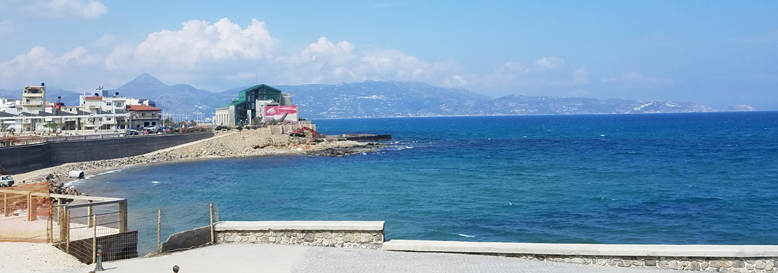
Although the island like most Greek islands has a history of various conquerors, in the last millennium the island changed hands between the Venetians and the Turks, and even for a short period the Egyptians and an independent entity. Suffice it to say that it was much fought over.
The Cathedral of St. Minas is a present day Greek Orthodox Church in Iraklion. There is no music in this church and no pictures of the Virgin Mary holding the Baby Jesus in her arms. Any pictures of the Virgin Mary and Jesus show them face to face. Like all of Greece, most of the population is of the Greek Orthodox faith. What is surprising is that when the Turks ruled they allowed the presence of the Christian Churches as long as they were small.
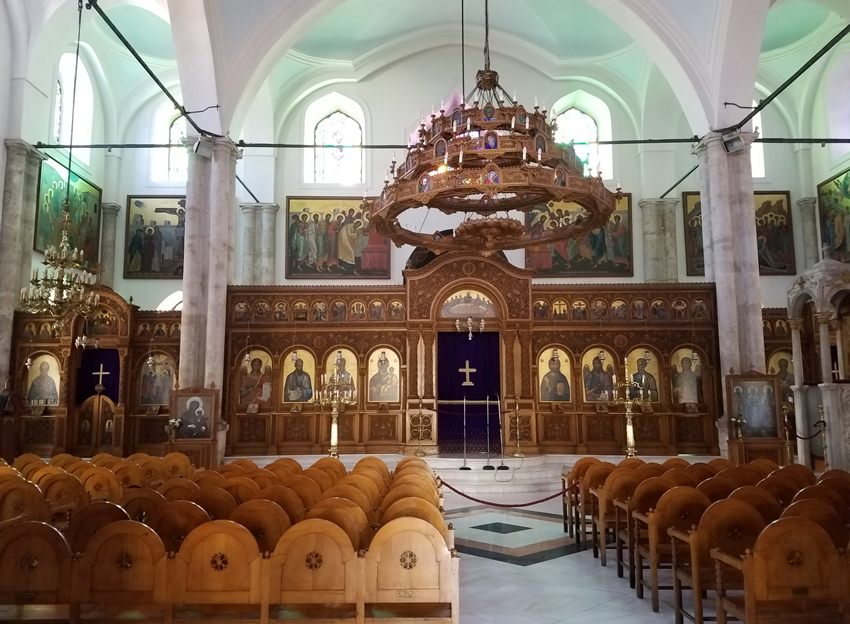
The most important ruin on this island is the Minoan Palace of Knossos built on Kephala Hill with easy access to the sea and the interior of Crete. It appears as a maze of workrooms, living spaces, and storerooms close to a central square. According to tradition it was the seat of the wise King Minos. What is not clear, however, is if Minos is the name that the Minoans had for their king, or if there was a standout king, possibly the first one, named Minos.
There are many myths from Greek mythology connected with this palace including the creation of the minotaur, a human body with the head of a bull who must be fed human meat.
The Minoans were sea farers and traded all along the Mediterranean Coast, no doubt with Egypt whose art is recognized in their art. Paintings only show the face sideways. The palace was not just the residence of the King, but the meeting place, religious center, storage facility, and social center of the Minoans. The palace was built into a hill and was 3 stories in the front and 5 in the back. The ruins that we see today are the result of an Englishman, Sir Arthur Evans, who spent from 1900 to 1935 uncovering them. We believe that it originally had 1000 rooms. They had running water from a spring 4 km away and a sewer system.
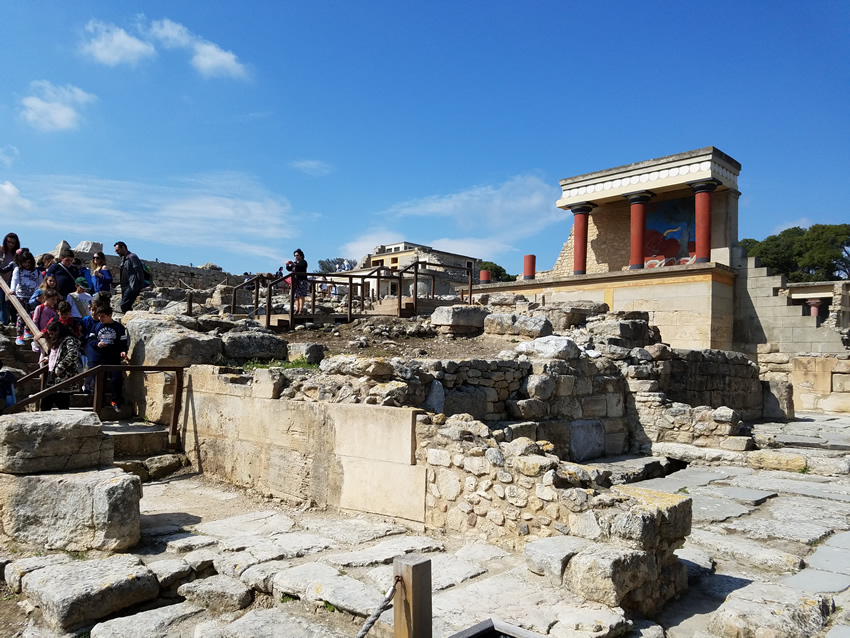
Interestingly, there are no indications that this was a fortress, no walls that would protect the Minoans from attack. It is believed that they were a peace-loving people with no fear of attack. Earthquakes and fires destroyed the Palace 3 times. Although built of stone, the roof was wooden. What was uncovered by the archaeology dig was the remains of the third destruction. They surmise that there were fires in the palace, also olive oil was stored there. When things collapsed it is likely that the olive oil caught fire and created the final death knoll to the structure. We saw the remains of marble which was crystallized by the heat of the fire. After the third time, the Minoans did not have the resources to rebuild. The Mycenas, a warlike people, about the time of the last destruction of the Palace, invaded and conquered the island.
The history of both Crete and the Palace of Knossos is fascinating and can be easily accessed on Wikipedia.
These are at the entrance to the Palace. Don't ask me why, I have no idea, but they are fun.
